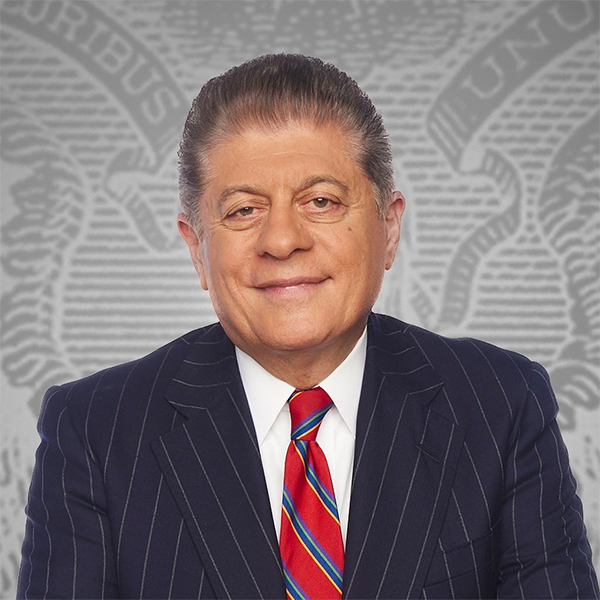Senate's spectrum proposal raises aviation safety question
Published in Political News
WASHINGTON — The Senate Commerce Committee’s reconciliation proposal to sell slices of spectrum is generating warnings that the move will interfere with sensitive aviation instruments like radio altimeters, threatening aviation safety.
The concern spells potential trouble for the panel’s proposed spectrum auctions. Defense hawks had already been concerned that the sale could limit the Pentagon’s access to the sensitive portion of the spectrum used for activities like missile defense systems. It’s not clear whether the committee plan allayed those concerns.
Sen. Maria Cantwell, D-Wash., ranking member on the Commerce, Science and Transportation Committee, is sounding alarms over provisions that would require the Federal Communications Commission to auction at least 100 megahertz in the 3.98-4.2 gigahertz band within two years. The panel says the auctions would generate $85 billion in deficit reduction over 10 years.
The panel’s proposal is to sell spectrum in the C-band, adjacent to the spectrum used for some airplane cockpit technology. The sale could put technology like radar altimeters at greater risk for so-called bleeds. Radio altimeters are devices that operate on the 4.2-4.4 GHz band and are used to measure altitude.
Any interference could also extend to technologies used by drones and other advanced air mobility aircraft.
“I’m a child of the ’80s — we used to turn radio dials, and if you were in between two stations, you’d literally hear the stations going back and forth,” Dan Hubbard, senior vice president of communications at the National Business Aviation Association, said in an interview. “It’s that kind of idea, that if, all of a sudden, a rerun of ‘Happy Days’ comes bleeding over into an airplane that’s trying to land, that’s going to be a real problem.”
The C-band auctions could be a sticking point for Republicans already concerned about the defense implications of spectrum sales.
Sen. Mike Rounds, R-S.D., pointed to past disruptions in aviation due to spectrum activities and said he is still negotiating with Commerce Chair Ted Cruz, R-Texas, on spectrum auctions broadly.
“We’re getting down to the last couple of items,” Rounds said. “But they [the committee] certainly should be aware of what the impact would be.”
Cruz defended the auctions in a hearing last week, saying the bill provides enough time for the aviation industry to work out altimeter interference concerns.
“Spectrum policy is not putting aviation safety at risk. On the contrary, the broader bill’s FAA modernization funding will enhance it,” he said, referring to the proposal’s $12.5 billion for air traffic control upgrades.
The House reconciliation bill would require the FCC to auction at least 200 MHz within three years, but, unlike the Senate proposal, doesn’t set a minimum sale for the 3.98-4.2 GHz range.
The risk to aviation depends in part on what happens to the spectrum put up for auction.
AT&T Chief Financial Officer Pascal Desroches suggested last week that the demand may not be great.
“There is no pressing need that I feel like we have to go out and acquire spectrum in the next 12, 24, even 36 months,” he said at the Mizuho Technology Conference in New York City, but he acknowledged the company is always looking for spectrum in anticipation of future needs, according to a report in Fierce Network, a publication that covers the communications sector.
But Cruz’s office on Monday circulated a news release quoting AT&T as saying the proposal is a “strong step toward meeting consumers’ insatiable demand for mobile data. This language represents a reasonable compromise that will help avoid network congestion and maintain U.S. leadership in wireless innovation while protecting critical federal government missions.”
Cantwell, the most vocal Senate opponent of the auctions, pointed to Verizon Communications Inc. and AT&T Inc.’s 2021 rollout of 5G wireless services that used spectrum that could have interfered with aircraft altimeters.
The telecommunications companies and airlines were in a months-long standoff that involved flight cancellations — possibly in anticipation of problems — and 5G deployment delays, and finally brought White House intervention. Both industries agreed to delay the deployment to allow the Federal Aviation Administration to ensure it wouldn’t interfere with altimeters.
By the end September 2023, the entire U.S. airline fleet had upgraded its equipment and the risk of 5G interference had been mitigated, the FAA said. The agency has collaborated with the aviation sector and wireless providers to ensure that radio signals from newly activated wireless telecommunications systems coexist safely with flight operations in the U.S. until at least Jan. 1, 2028.
‘An example of catastrophe’
“It was an example of catastrophe,” Cantwell said of the 2021 5G rollout at a Center for Strategic and International Studies event last week. “It was an example of somebody saying, ‘Okay, we can just do this,’ … And it wasn’t simple, and they had to have big White House meetings. … Now, even those decisions that were made then would have to be changed.”
Cruz saw the 2021 rollout differently.
“There were no widespread disruptions or accidents, mitigation efforts worked. That episode forced the FAA, the FCC, NTIA [National Telecommunications and Information Administration] and DoD and industry to collaborate closely,” he said at the hearing last week. “That coordination set a model for future spectrum decisions that is incorporated into this committee’s bill — transparency, urgency, mutual respect and problem solving.”
Cantwell said studies show any more C-band auctions would mean new altimeters will need to be developed, tested and installed on all aircraft. She added that the new altimeters are still under development and the standards aren’t slated to be finished until 2027 — the same year the bill would require the auction to be completed.
Heidi Williams, director of air traffic services and infrastructure at NBAA, said the standards for the new altimeters have to be completed before they can be developed, and the standards are still being crafted.
“While we don’t have a strong position about the auction, what we do want to make sure is anything that’s done with regard to the use of that spectrum has to be compatible with aviation use,” said Williams. “Because of the constant kind of use of the spectrum, or the potential for additional uses of the spectrum, it’s been a bit of a moving target.”
The FAA didn’t comment on whether it is working to develop new altimeters, whether they would be deployed by 2027 and whether the auctions pose a threat to aviation safety.
“What happened on the last go-around between the aviation sector and the telco sector on this is nothing — and it was very disruptive — that’s minor. This is massive,” Cantwell said at CSIS, referring to both defense and aviation implications of the reconciliation proposal. “I do think that you want that appropriate policy protection, just not to say, ‘Oh, well, we’ll figure this out later.’ … Let’s get the answers, let’s get collaboration.”
©2025 CQ-Roll Call, Inc., All Rights Reserved. Visit cqrollcall.com. Distributed by Tribune Content Agency, LLC.

























































Comments